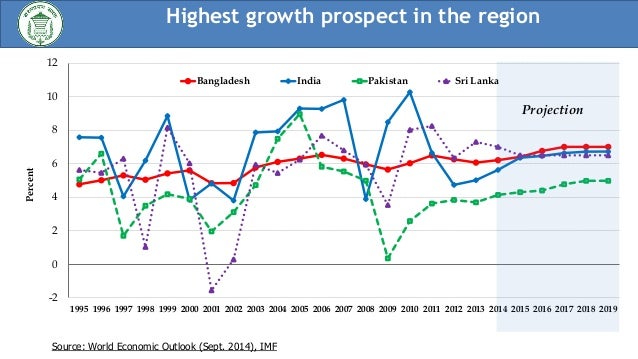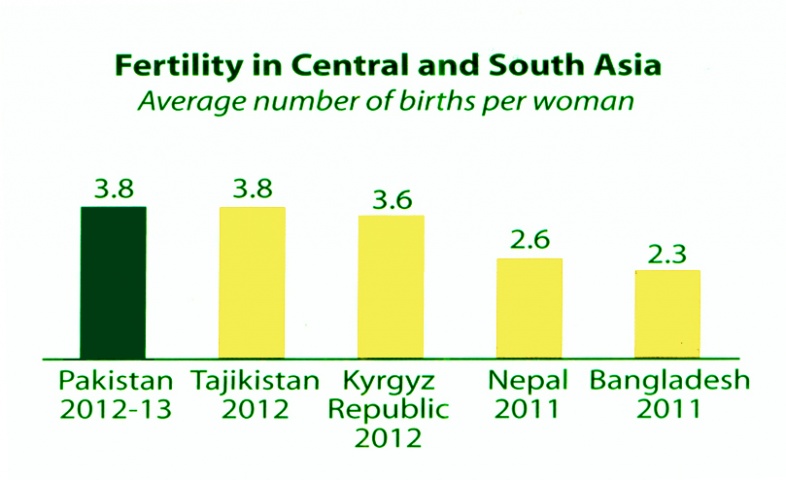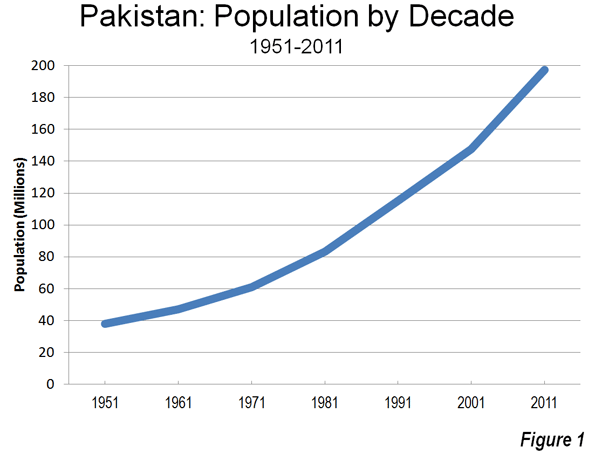Table of contents
i. INTRODUCTION
ii. DEFINING INCLUSIVE GROWTH
iii. POINTS ABOUT
iv. FACTS AND FIGURES
v. INCLUSIVE GROWTH INDICATOR AND DIMENSIONS
·
HEALTH INDICATOR
·
EDUCATION INDICATOR
·
DEMOGRAPHICS
· GOVERNANCE INDICATOR
vi. MEASUREMENT OF INCLUSIVE GROWTH
vii. HOW TO ACHIEVE INCLUSIVE GROWTH
INTRODUCTION
We sometimes
listen about inclusive growth but we have no clear meanings about it. In this blog I struggled out to define inclusive growth; in this sense that even
every person understands idea of inclusive growth. Inclusive growth has a
central idea in development. However inclusive growth needs broad and complex
analysis; because the broader the definition, the greater the confusion. So I
prefer simple definition to explain the concept.
For growth to be
inclusive, the consumption by the excluded group should increase by at least
the same rate as the growth rate.
The excluded
group could be clearly defined based on the country context and could include
combinations of groups, including the poor, people in the lowest income
percent. Growth will be inclusive when the benefits will reach to the
poor.

Another aspect
of inclusive growth is defined in this way. Inclusive growths introduce the efforts to
tackle the poverty and inequality. Inclusive growth starts from the position
that the relationship between growth, inequality and poverty can no longer be
assumed inevitably to be trickle down or a trade-off.
We use this instrument to overcome
the poverty, inequality and increase level of employment. Nature of the
inclusive growth
implies a direct link between the macro and micro determinants and inclusive
growth is a concept that enhances the sustainable economic growth but sometimes
it is difficult because growth may give rise to
negative externalities, such as rise in poverty and
corruption, which is a major problem in developing countries. It is an
essential ingredient of any successful strategy.
Government should be played a
dominant role in growth to be inclusive. There is a need to improve our
understanding of growth determinants. Government needs to play an important
role in any economy, correcting market failures, but especially in the creative
economy in a society with very little inequality, the only role of the state is
to provide collective goods and correct market failures.


Main objective of this blog is
defining inclusive growth in different point of views and describe its
determinants and measurement.
Defining Inclusive Growth
Rapid and sustained poverty reduction requires inclusive growth that allows people to contribute to and benefit from economic growth.
The ‘inclusive growth’ as a strategy of economic development received attention owing to a rising concern that the benefits of economic growth have not been equitably shared. Growth is inclusive when it creates economic opportunities along with ensuring equal access to them. Apart from addressing the issue of inequality, the inclusive growth may also make the poverty reduction efforts more effective by explicitly creating productive economic opportunities for the poor and vulnerable sections of the society. The inclusive growth by encompassing the hitherto excluded population can bring in several other benefits as well to the economy. The concept “Inclusion” should be seen as a process of including the excluded as agents whose participation is essential in the very design of the development process, and not simply as welfare targets of development programmers’ (Planning Commission, 2007).
Inclusive growth refers to both the pace and distribution of economic growth. In order for growth to be sustainable and effective in reducing poverty, it needs to be inclusive (Berg and Ostry, 2011; and Kraay, 2004). Traditionally, poverty (or inequality) and economic growth analyses have been done separately.[1]

Inclusive growth requires: “economic growth and employment opportunities, social inclusion, social protection, as well as good governance and institutions…”
Points about IG
- IG focuses on economic growth which is a necessary and crucial condition for poverty reduction.
- IG adopts a long term perspective and is concerned with sustained growth.
- IG focuses on both the pace and pattern of growth.
- IG focuses on productive employment rather than income redistribution. Hence the focus is not only on employment growth but also on productivity growth.
- IG has not only the firm, but also the individual as the subject of analysis.
- IG is in line with the absolute definition of pro-poor growth, not the relative one.
- IG is not defined in terms of specific targets such as employment generation or income distribution. These are potential outcomes, not specific goals.
- IG is typically fueled by market-driven sources of growth with the government playing a facilitating role.

www.youtube.com/watch?v=GX3gQq8UonY

 Pakistan
today faces multiple challenges on the security, political and economic fronts.
Therefore, the Panel suggests that the 10th Plan, from 2010-11 to 2014-15,
should not target like previous Plans for high growth rates of GDP of 7 to 8 %.
Instead, a realistic strategy is proposed which is based initially on the
removal of physical constraints to growth and an improvement in the investment
climate within the next two years. Thereafter, the expectation is that the
growth process will pick up momentum. As such, from GDP growth rate of about 3%
in the base year of the Plan, the growth rate could rise to 5% by 2012-13 and
approach 7 % by 2014-15. Overall, the average growth rate expectation during
the Plan period is just above 5 %.
Pakistan
today faces multiple challenges on the security, political and economic fronts.
Therefore, the Panel suggests that the 10th Plan, from 2010-11 to 2014-15,
should not target like previous Plans for high growth rates of GDP of 7 to 8 %.
Instead, a realistic strategy is proposed which is based initially on the
removal of physical constraints to growth and an improvement in the investment
climate within the next two years. Thereafter, the expectation is that the
growth process will pick up momentum. As such, from GDP growth rate of about 3%
in the base year of the Plan, the growth rate could rise to 5% by 2012-13 and
approach 7 % by 2014-15. Overall, the average growth rate expectation during
the Plan period is just above 5 %.
Inclusive growth indicators and dimensions


.jpg)



How to Achieve Inclusive Growth
The objective to achieve inclusive growth is at the top of many governments’ agendas because high levels of inequalities negatively affect the well-being and growth. Yet, innovation policies have been examined to date essentially with regards to their impact on the growth of aggregate value. This is because innovation is central for growth both to address social challenges and to improve economic performance and create jobs.

 The figure to the right provides an illustration of the distributional impacts to be analyzed and how different policies focus mainly on one or the other and thus, depending on the characteristics of the innovation system, have impacts on industrial or social inclusiveness. Some policies aim directly at both.
The figure to the right provides an illustration of the distributional impacts to be analyzed and how different policies focus mainly on one or the other and thus, depending on the characteristics of the innovation system, have impacts on industrial or social inclusiveness. Some policies aim directly at both.
Facts and
figures


Inclusive growth indicators and dimensions
Some
recipes for inclusive growth contain many familiar elements from standard
growth strategies such as macroeconomic stability and economic openness. The
index for social development is devised on four major indicators; Health,
Education, Governance and Demographics, further subdivided into 21 variables.

Health Indicator
It
includes the variables; Crude Birth Rate (per 1000 people), Crude Death Rate
(per 1000people), Life Expectancy at Birth (years), Infant Mortality Rate (per
1000 live births), Fertility Rate (births per woman) and Population per
Hospital Bed.

Education Indicator
In a
society where literal definition of literacy includes being able to write one’s
name and reading the newspaper, the education indicator focuses on lower level
education by including Primary, Middle and Secondary stage enrollment of pupils,
and number of teachers in Primary, Middle and Secondary stage, and literacy
rate.
.jpg)
Demographics
This
indicator focuses on the demo graphical aspects by examining the nature of urbanization,
level of employment and population statistics. It includes Population Density, Total
Population, Total Labor Force, Labor Force Participation Rate, Unemployment
(percentage of total labor force).

Governance Indicator
This
indicator includes different modes of public spending, with focus on the fundamental
needs of people. Public spending on health, on education and military
expenditure, as percentage of GDP, aides in determining the public priorities,
meaning thereby the governments focus on provision of social amenities.

Measurement
of Inclusive Growth
A
measure of inclusiveness is based on the concept of a concentration curve.8 Following
Ali and Son (2007), we define a generalized concentration curve, which we call
social mobility curve. A higher
curve implies greater social mobility, growth is inclusive if the social
mobility curve moves upward at all points. However, there may be degrees of
inclusive growth depending on: how much the curve moves up (growth) and how the
distribution of income changes (equity), that is, how the curvature changes.
This feature of the social mobility curve is the basis of the proposed
integrated measure of inclusive growth. Thus, if two generalized concentration
curves do not intersect, they could be ranked on social mobility, that is,
inclusive growth.
To illustrate the point made above,
Figure 1 depicts two social mobility curves with the same average income (ȳ)
but different degrees of inclusiveness (i.e., different income distribution).
The social mobility curve ‘A1B’ is more inclusive than the social mobility
curve ‘AB’, as the average income of the bottom segment of the society is
higher.[3]

How to Achieve Inclusive Growth


References
- Ali, Ifzal and Hyun Hwa Son, 2007, “Measuring Inclusive Growth,” Asian Development Review, Vol. 24, No. 1, pp. 11–31.
- Berg, Andrew and Jonathan D. Ostry, 2011, “Inequality and Unsustainable Growth: Two Sides of the Same Coin?” IMF Staff Discussion Note 11/08 (Washington: International Monetary Fund).
- ADB, 2011, Asia 2050: Realizing the Asian Century, Manila, p.4.
- International Monetary Fund, 2007, “Globalization and Inequality,” World Economic Outlook, Chapter 4, October (Washington: International Monetary Fund).
- Kraay, Aart, 2004, “When is Growth Pro-Poor? Cross-Country Evidence,” IMF Working Paper 04/47 (Washington: International Monetary Fund).
- Government of India, Planning Commission. 2006. India’s Eleventh Five-Year Plan, 2007–2012. New Delhi.
- http://www.voxeu.org/article/inclusive-growth-revisited-measurement-and-evolution
is inclusive growth is necessary for econmic development
ReplyDeleteyes its necessary
Deletei think for stable economy we need very first to complete basic necessities rather than inclusive growth.
ReplyDeleteyour blog is good add some xplation of graphs in blog
ReplyDeletewhat are important factor for achieving inclusive growth
ReplyDeletewhat is exclusive growth link to our economy.
ReplyDeletead videos in blog
ReplyDeleteExplain the more advantages of inclusive growth
ReplyDelete